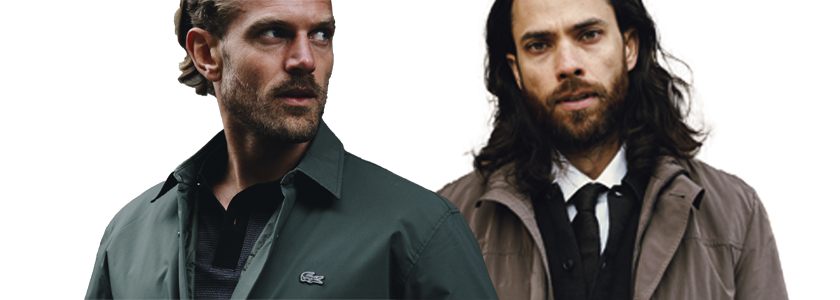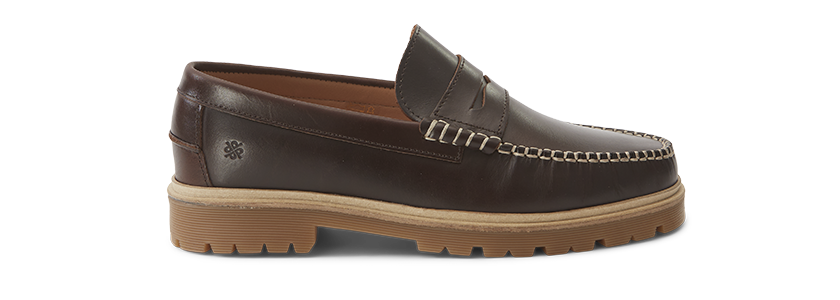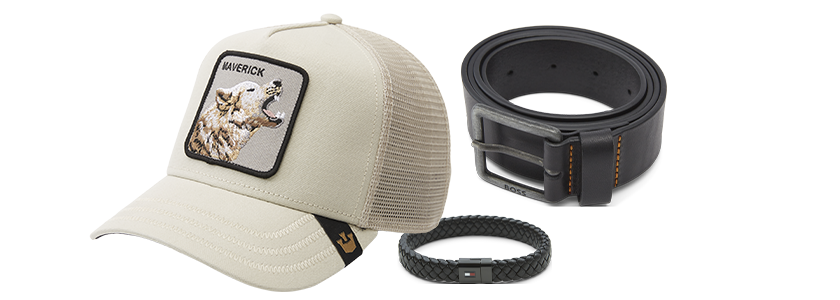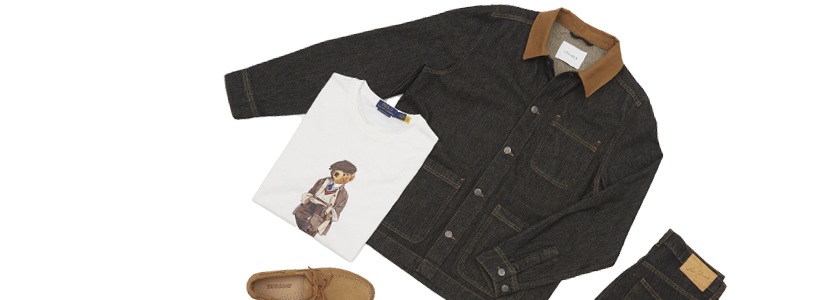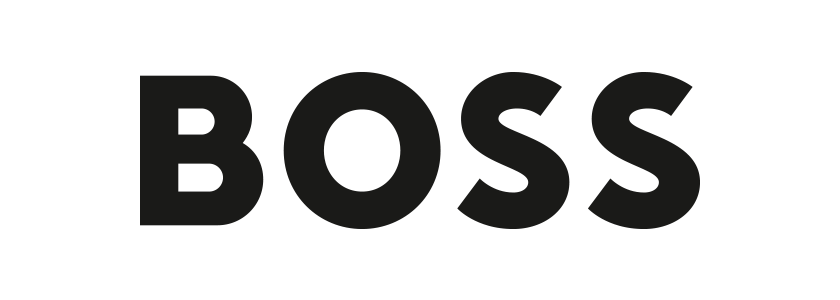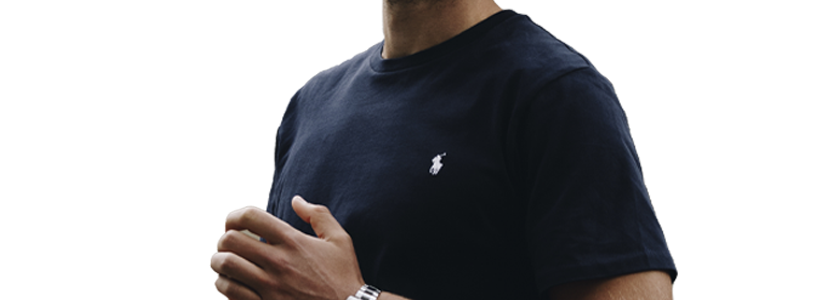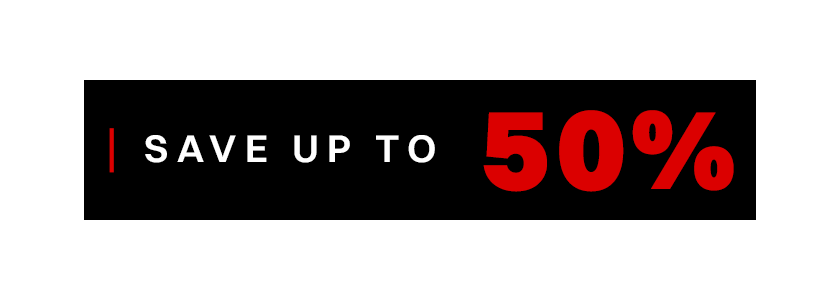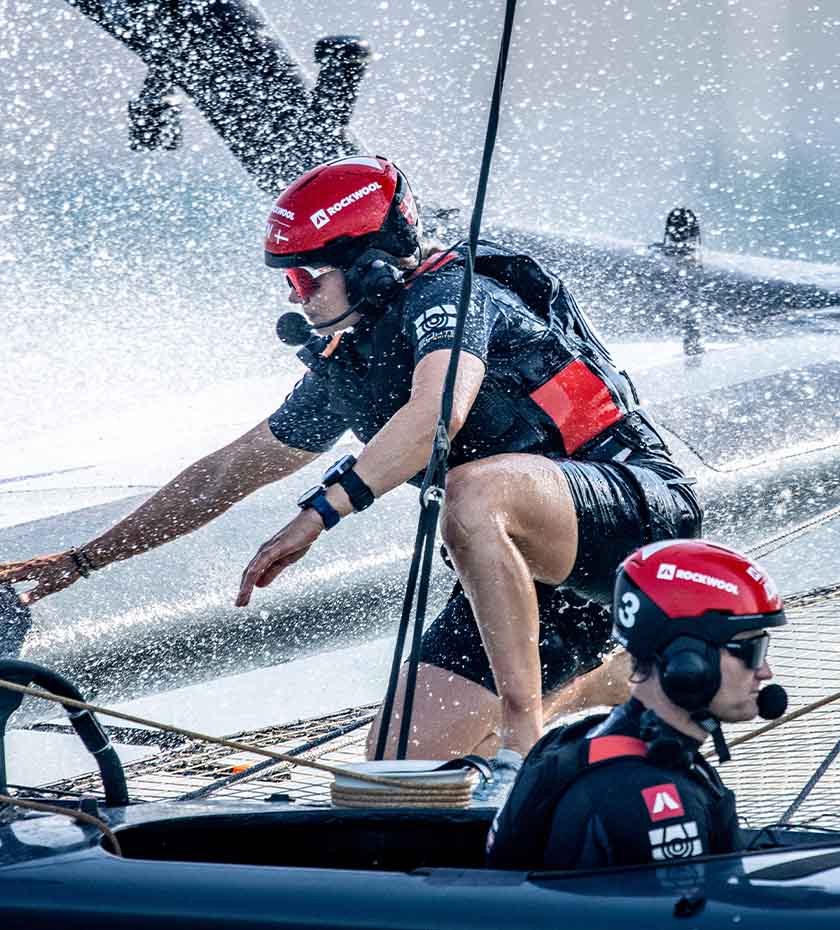
SailGP - World class sailing When the 10 high-tech catamarans in sailGP compete for the championship, it’s fast and furious. Reaching almost 100 kilometers per hour when it goes fastest. This year, a Danish boat in the field with Nicolai Sehested and Anne-Marie Rindom as skipper and tactician. It's an intense race that requires mental strength and a crew from the elite of the sailing world.
SailGP is one of the latest additions in sailing. A match race championship with F50 foiling catamarans that reach speeds of up to 100 km/h in the right wind conditions. It's not just fast. It's very fast. And when each race can last a maximum of 16 minutes - and often finishes in 10 minutes - brute strength, experience and tactical ingenuity are an absolute must.
Since 2019, a Danish boat sponsored by the Rockwool Group has been competing in SailGP. The Danish boat has experienced sailor Nicolai Sehested as skipper and helmsman. The crew consists of a total of eight men and two women.
Getting a boat weighing 2,400 kilograms to move across the surface of the ocean at a speed of around 100 km/h seems like something outside the natural order of things. And it's also something borrowed from the aviation industry. After all, a boat's greatest speed limit is, of course, the resistance the hull encounters in the water. But in this case - when the wind takes the boat up to speed - it simply lifts itself up on two rudders at the stern and two foils in the bow. This limits water resistance and allows the F50 catamaran to reach speeds of around 100 km/h. In addition, one foil is lifted out of the water when the boat has reached its maximum speed to further reduce drag.
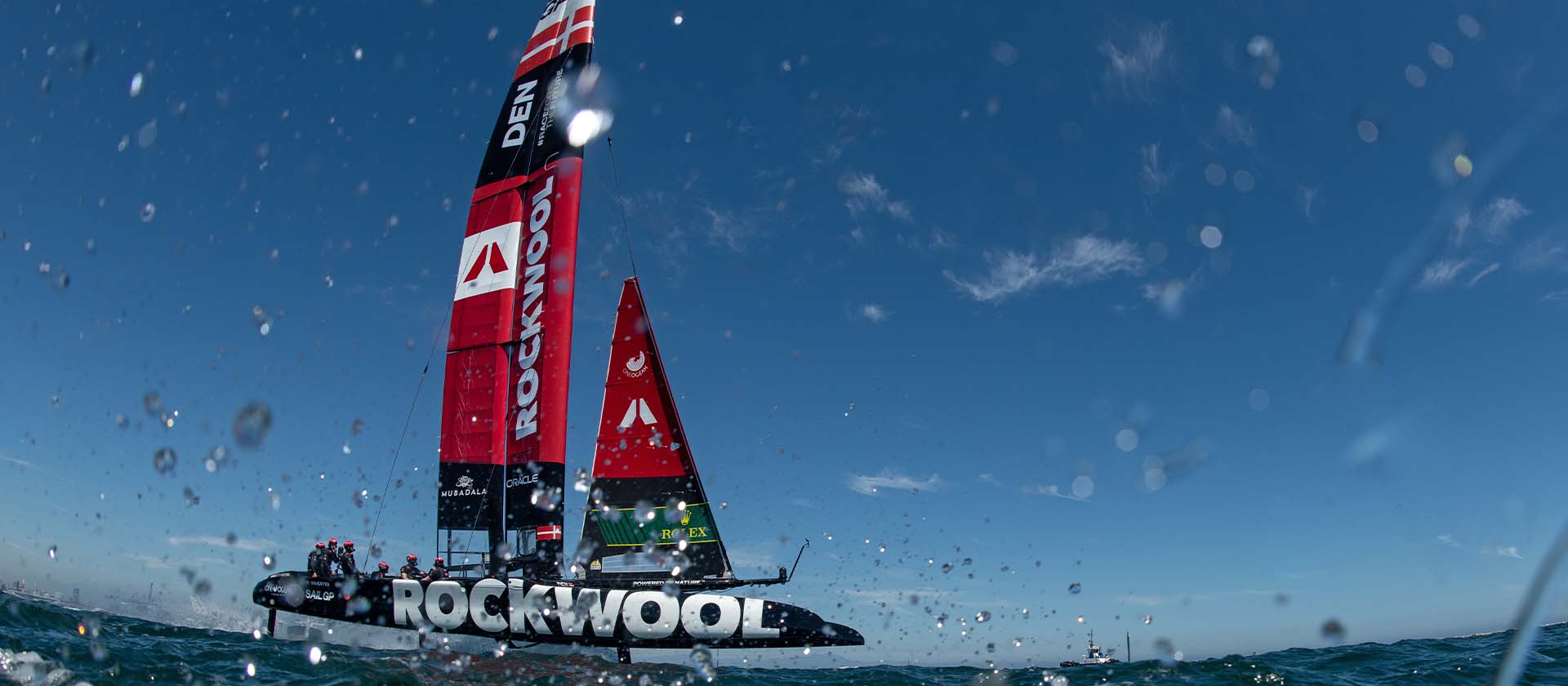
Airplane aerodynamics have also found their way to the F50 catamaran. Instead of a regular sail, they use a fixed wing. And like the airplane, it takes advantage of the fact that the wind moves faster over its wings than under it. On SailGP catamarans, the wing is vertical in the middle of the boat. It's up to the skipper and the rest of the crew to catch the wind and make the most of it.
"This is a very special boat. A high-tech catamaran, which in practice means that it generates its own wind. In fact, we're talking about a fourfold increase in wind speed. And when we foil - that is, when the boat lifts above sea level - the rudder and foilers only protrude 20 centimeters below the water surface. This is fundamental to reaching the high speeds we have in SailGP," says Nicolai Sehested.
In addition, there are around 200 different control systems on board the catamaran. "We simply monitor everything. It's a sport that is driven by data," he says. No wonder the price for such a marvel is around eight million dollars.
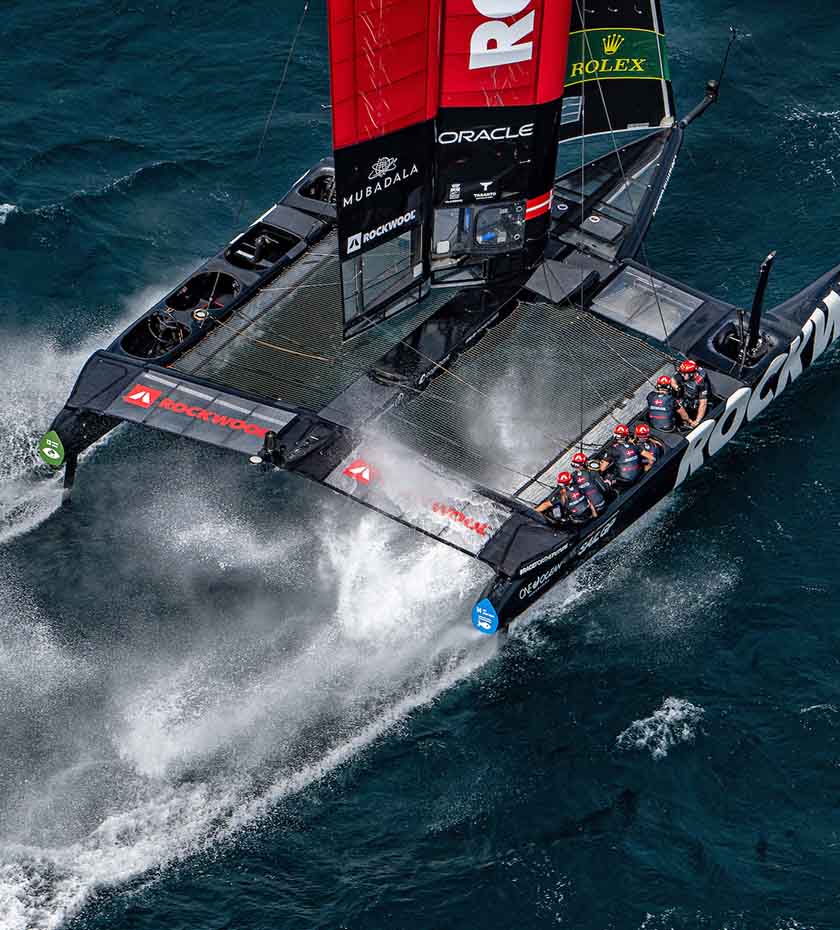
It is the company behind SailGP that makes the boats available to the individual teams. Currently, there are 10 teams competing for the championship. Something that is decided after 13 races around the world. The 2023-24 season is at the halfway point, with the Danish boat finishing fourth overall after the first race of the year in Abu Dhabi. The season finale will be sailed off San Francisco July 13-15.
"The fact that SailGP provides the boats also means that they are completely identical. And that it's not the team with the most money that wins. But of course, there are differences. Some teams have better opportunities to train in simulators than others. We don't have the best opportunities to train that way. When the training windows on the water are also determined by SailGP, it is important for us to stay on top in other ways by training in other types of boats and sharpening our tactical skills," says Nicolai Sehested.
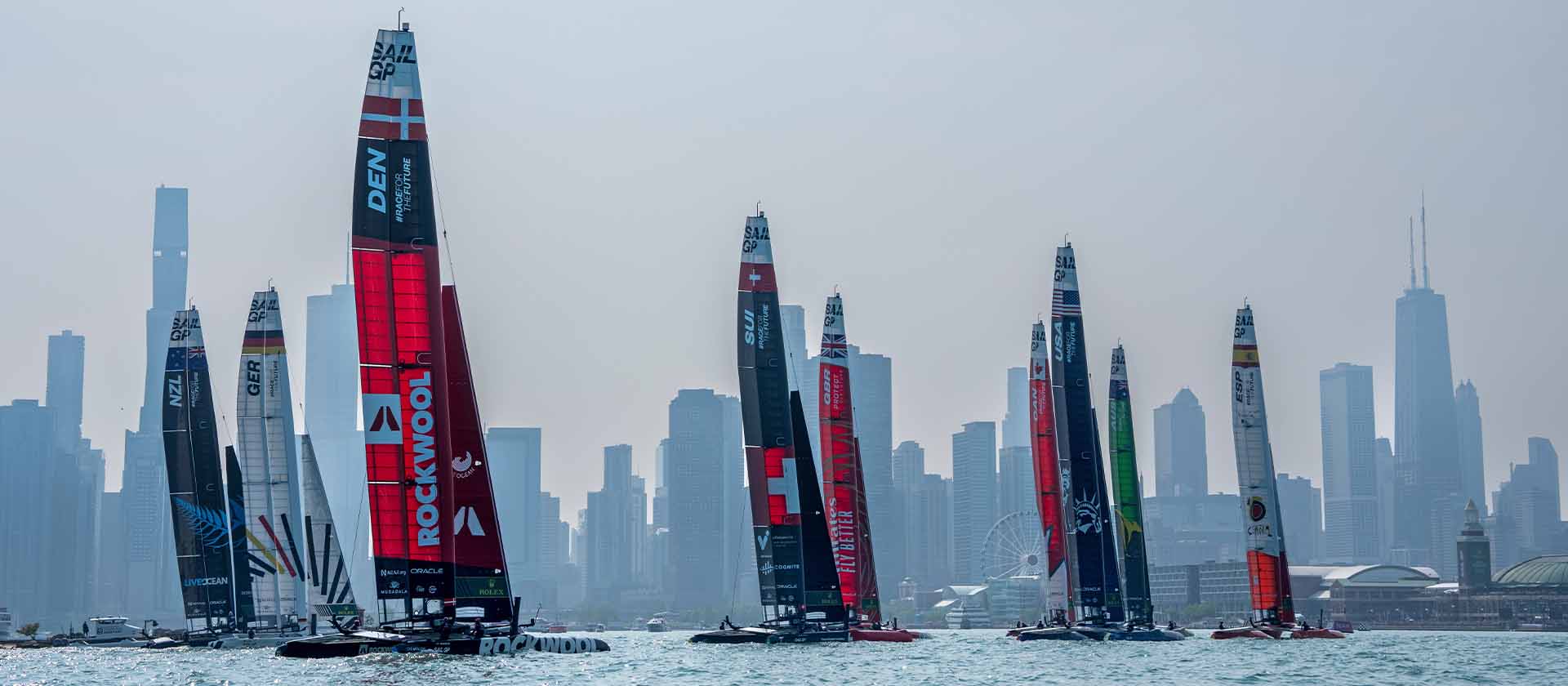
The Tactician
Finding the right tactics in a race that is lightning fast and only lasts around 10 minutes is incredibly important. It's an element that has been significantly strengthened over the past few years in SailGP.
Both to create greater inclusion and to provide a new platform for elite female sailors, SailGP decided after the first season that each team must have at least two female crew members. On the Danish boat, the choice fell on Katja Salskov-Iversen and Danish world champion and Olympic gold medalist in the Laser class Anne-Marie Rindom.
"It's a great setup - and something completely different from what I’m used to. When I sail the Laser class, there are a lot of people fighting to get across the starting line and have a good race. And it takes place at a more leisurely pace. Here, everything happens at lightning speed. So, if our pre-race tactics fail, we must make a split-second decision on what to do. At the same time, we must take into account the wind, water, current and, of course, the other boats. And all at once, because we are sailing at almost 100 kilometers per hour and each race may only last 10 minutes," says Anne-Marie Rindom.
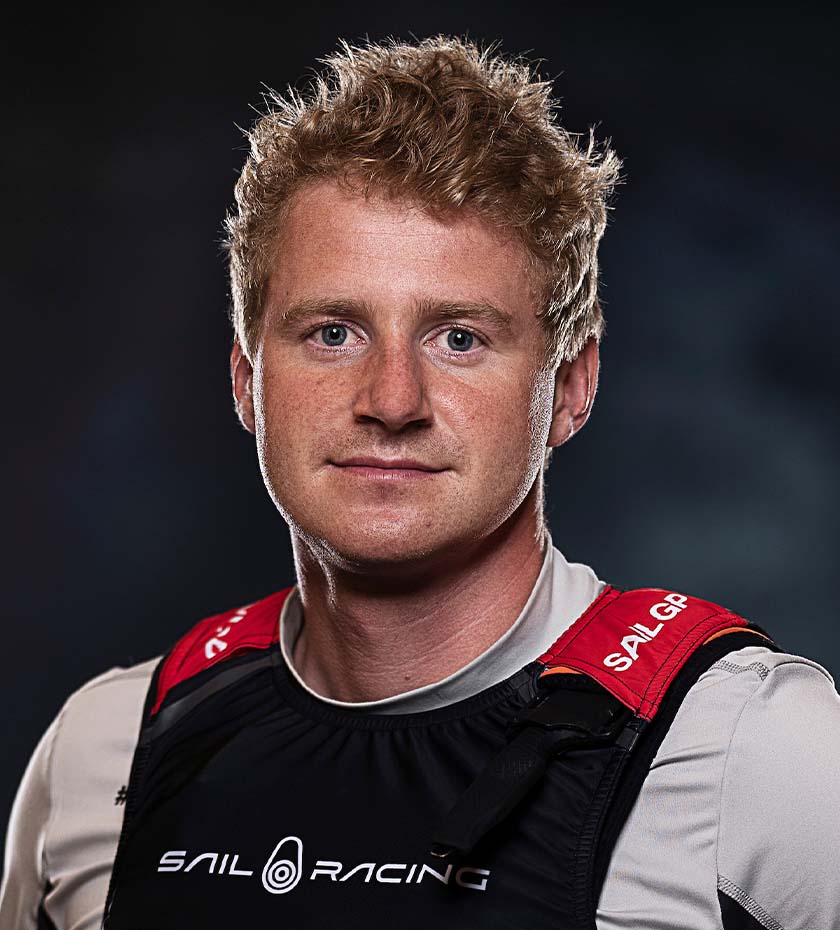
In relation to the requirement for a female crew member, she says:
"It's a bit of a sensitive issue for SailGP, not least because it immediately opens up a discussion about whether we're just in it as a pure woke thing. But we are definitely not. At least not on the Rockwool boat. It may be that not much is gained in the short term. But I believe that Katja and I are good role models who can make it easier for other elite female sailors to see the possibilities in the future."
Together with skipper Nicolai Sehested, it is Anne-Marie Rindom's job to strategize before each race. "We try to come up with a strategy that is better than the other’s. We assess the wind, the weather conditions in general and process our knowledge of how the other teams are sailing. My position is at the back of the boat so I can assess how the wind is changing and where the other boats are in relation to us."
This was especially beneficial to the team when SailGP came to Denmark for the first time in 2021, where the races took place on Anne-Marie Rindom's home racecourse in Aarhus Bay.
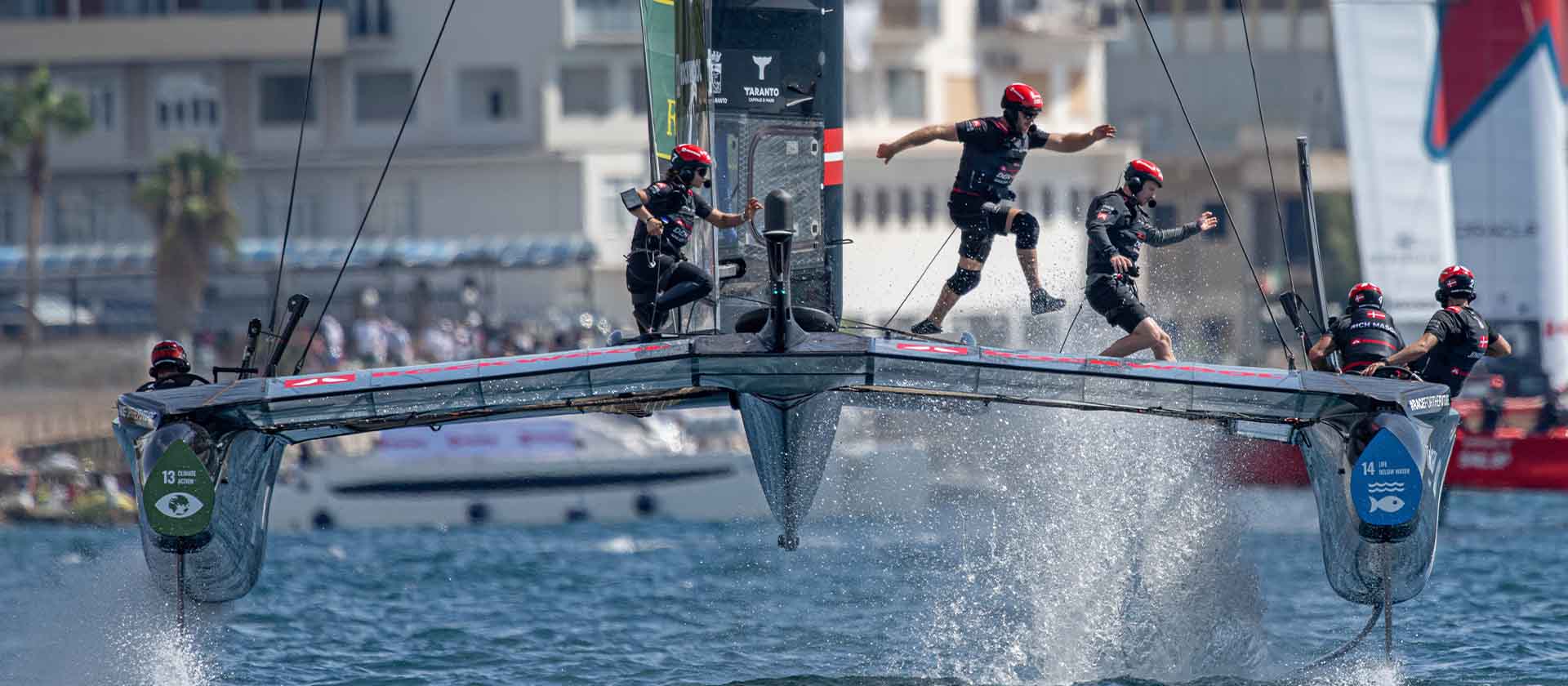
Safety first
With a top speed of 100 km/h and an ultra-short competition window, SailGP is first and foremost very spectator-friendly. But it is also a race with great challenges and risks. Both Nicolai Sehested and Anne-Marie Rindom are very aware that it can be dangerous.
"First and foremost, it's about sailing in a way where we don't hit each other. It's 'safety first'. When two dinghies collide, not much might happen. But here, there is more at stake. That's why we also have plenty of safety equipment in the form of a helmet and a suit with an oxygen tube that gives us a few seconds if the boat capsizes and we get caught under the net between the two catamarans," says Nicolai Sehested.
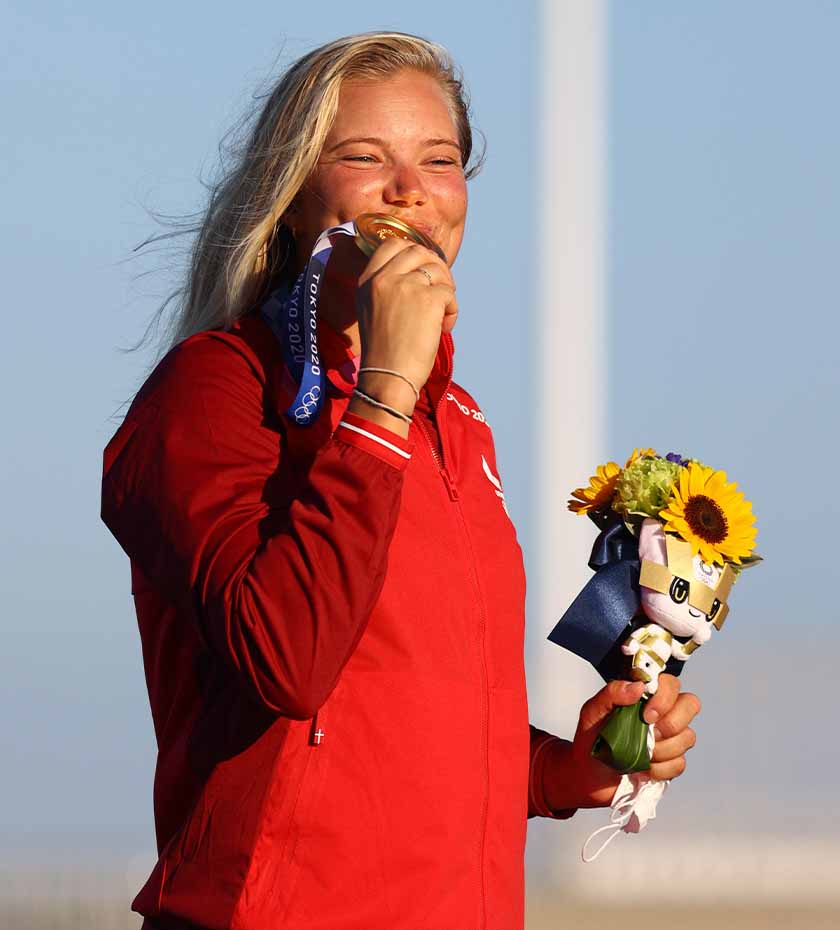
It's a type of boat that really delivers on excitement and risk. It attracts thousands of spectators. SailGP itself estimates that an event like the one in Aarhus in 2021 and in Copenhagen last year gives the host cities an economic boost in the double-digit millions.
For both Nicolai Sehested and Anne-Marie Rindom, SailGP provides a very different adrenaline kick. Skipper Sehested has sailed around the world in, among other things, the Volvo Ocean Race, where the time horizon from start to finish is somewhat different. Tactician Rindom has won several European and world championships in the Laser dinghy - or ILCA 6 as it is known today. She also won Olympic gold in Tokyo. This spring, she fought to fill Denmark's place in the boat type for the Olympics in Paris. And the Olympic ticket was secured in late February this year, when she became the best-placed Danish sailor at the European Championships in Athens.
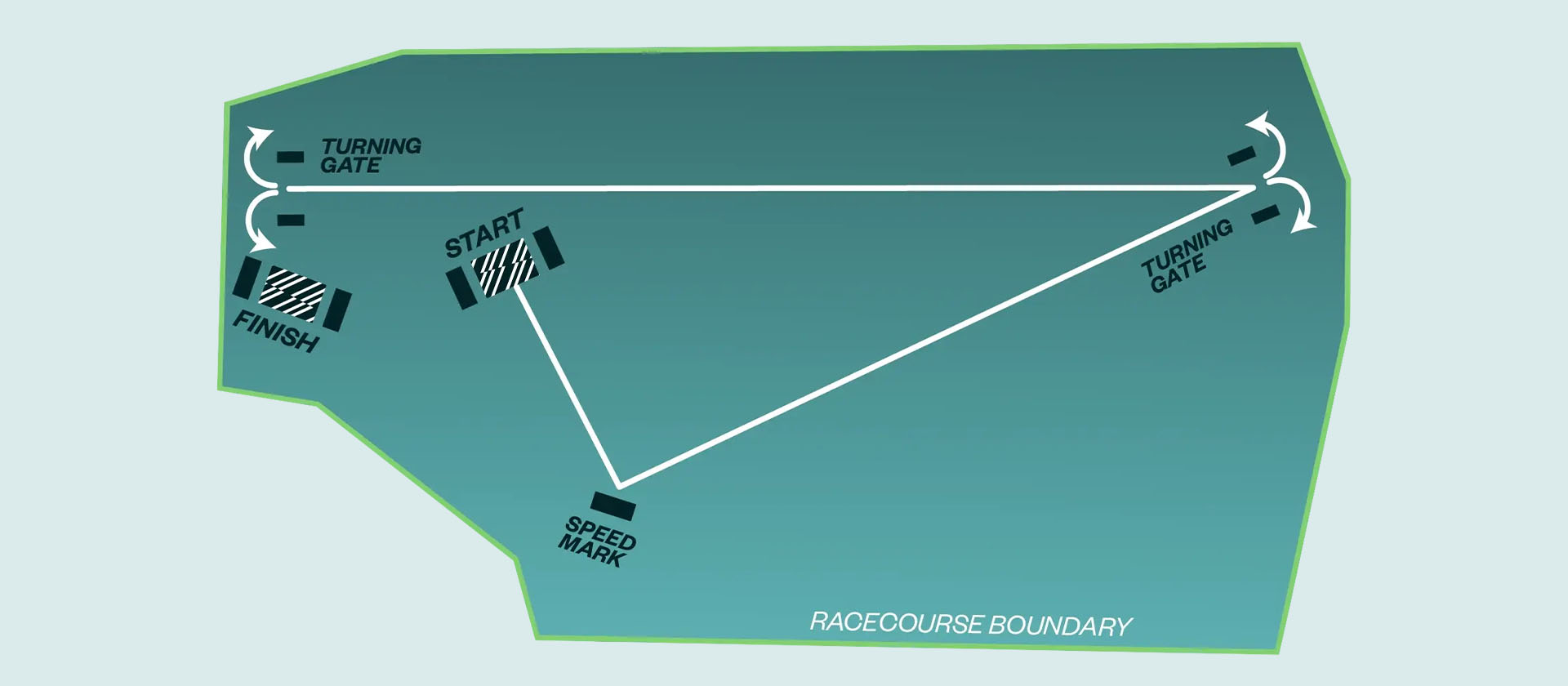
Both Sehested and Rindom are fascinated by the mental unity of the crew. "Some of the other teams may have better financial conditions for training. Both physically on the water and in simulators. But we have created a unity and a way of working together that is optimal. We may have a freer tone of voice. But we are all super professional and detail oriented. But at the same time patient, unlike some foreign boats where the skipper lives out his role as some kind of patriarch whose word cannot be changed," says Nicolai Sehested. For Anne-Marie Rindom, mental strength and training are fundamental.
"I think that working with the mental aspect is both important and incredibly exciting. I've almost finished my Master's degree in Sports Science from Aarhus University - I just need to write my thesis when I have time for it," she says with a laugh and continues:
"But I know that focusing on mental training is exactly what gives us elite athletes the extra edge that we need to win. That's why my thesis will probably also be about sports psychology. And that's certainly something I'd like to work with when I'm no longer at the top of sailing one day." The 'good atmosphere' on board and the trust in each other is perhaps what sets the Danish SailGP boat apart from the others. Even though we live in a time when men take more responsibility at home, it may have caused a bit of a ripple when Nicolai Sehested went home in January to attend the birth of his child and handed over the helm to a substitute.
Dreaming of the America's Cup for women
The Danish F50 boat in SailGP is currently part of the world's fastest water race. That is until the end of 2025. What will happen after that is still uncertain. But the ambitions for something big are certainly present.
"We have achieved great results and we still dream of competing with the best in the world. We may be sociable and have a good tone on board. But we are all competitive people who work hard to win," says Nicolai Sehested. And the chance is still there. There are five races left before the season finale off San Francisco in mid-July.
But for now, it is uncertain what will happen after the fifth season is completed in 2025. For Anne-Marie Rindom, there will probably still be many hours in the Laser dinghy in the years to come. But she also has a dream that is pressing on her mind. "I think it would be so cool if we could create a Danish crew for the America's Cup for women. It's a huge mistake that we don't have a Danish crew today. Of course, it's an expensive project. You'd probably need to raise around 25 million dollars in sponsorship to pay for the boat and salary for a team for at least three to four years. But it's a project that I would like to help launch," concludes Anne-Marie Rindom.
